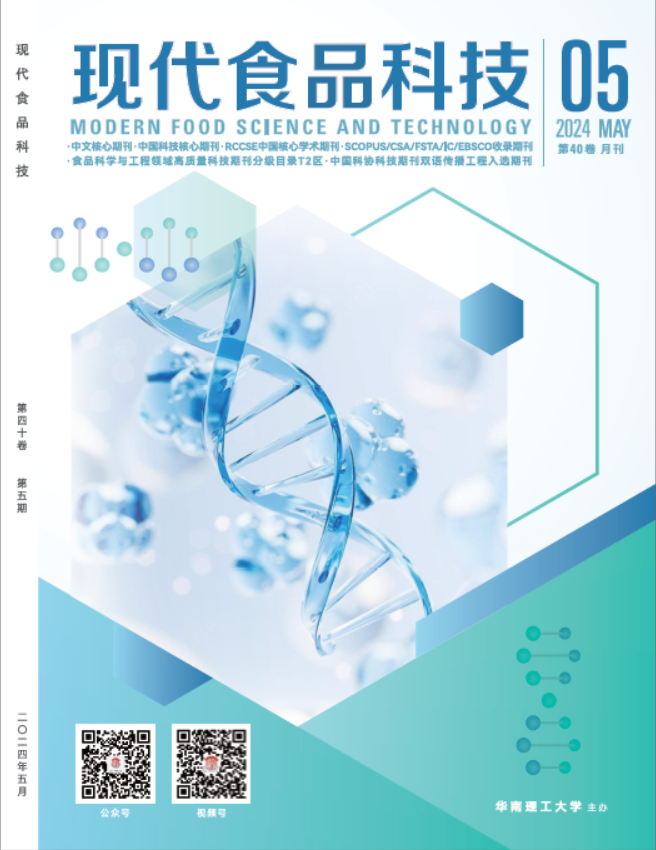2014, 30(8):12-18.
Abstract:
In this study, the anti-obesity effect of green bananas, rich in resistant starch, on diet-induced obese rats was evaluated and the mechanism of weight loss was studied. The results showed that, compared with rats in the obese control group, the body weight of rats in the medium- and high-dose (of banana resistant starch) groups reduced significantly (P < 0.05) by 7.26% and 7.99%, respectively. Rats in all three groups showed improved biochemical profiles, including blood glucose, serum leptin, total cholesterol, triglycerides, low-density lipoprotein, and high-density lipoprotein levels, and a dose-dependent increase in fecal fat excretion, indicating that resistant starch from banana displayed good anti-obesity effect. Compared with the obese control group, low, medium, and high doses of resistant starch from banana reduced food intake of rats by 16.63%, 19.61%, and 23.86%, respectively. Three kinds of gastrointestinal hormones related to appetite control were investigated to explore the mechanism of weight loss. Medium and high doses of resistant starch from banana significantly increased serum cholecystokinin (CCK) levels (P < 0.05) by 24.36% and 24.97%, respectively. The serum CCK level also increased in the low-dose group, with no statistically significant differences. Serum peptide YY (PYY) level in the low-, medium-, and high-dose groups increased significantly (P < 0.01), by 22.35%, 28.34%, and 34.84%, respectively. However, no effects were observed on ghrelin. Therefore, the mechanism of weight loss by resistant starch from banana involved in stimulating the secretion of gastrointestinal hormones that affected appetite, controlling food intake of rats, and prolonging gastric emptying.

